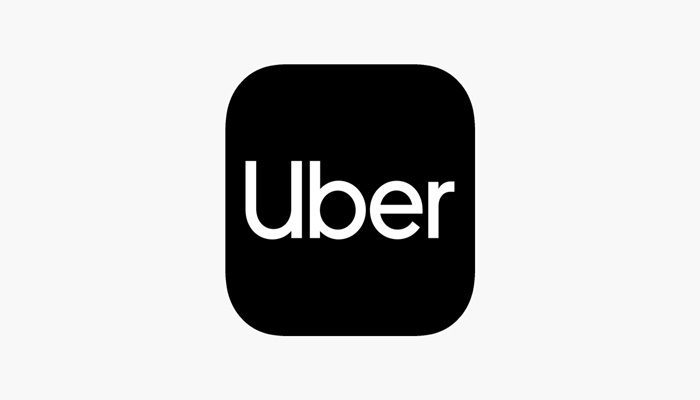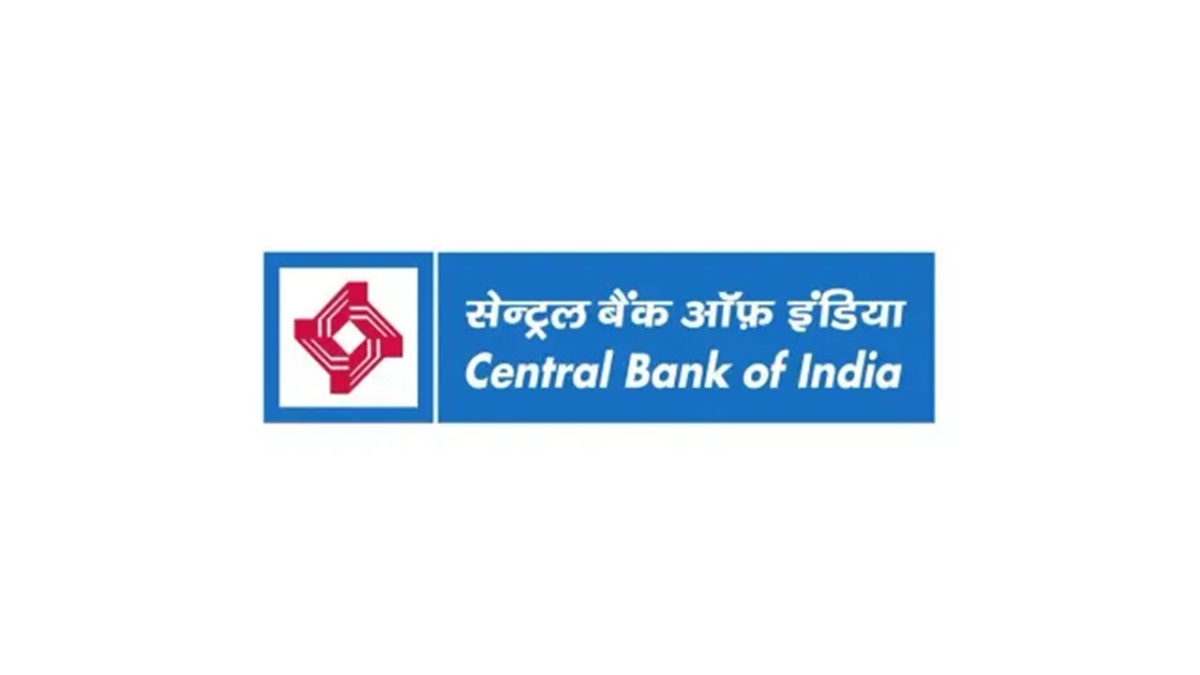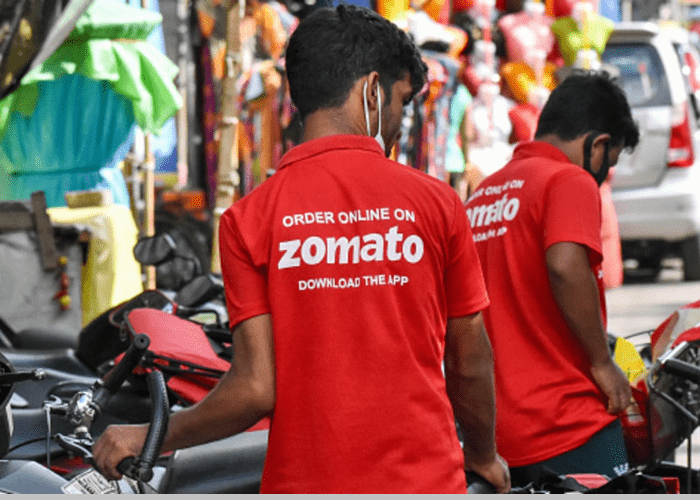One in five employees is seeking mental health support. Nearly 20 percent are considering quitting their jobs due to burnout. And chronic lifestyle-related illnesses — from hypertension to diabetes — are hitting Indians before they turn 40.
This is the current reality inside India’s glass-walled offices and buzzing co-working hubs. The very same professionals powering the country’s digital economy are burning out — fast.
Plum, an employee health benefits platform, has released its Employee Health Report 2025, offering a comprehensive view into the growing health burdens faced by India’s white-collar workers.
Drawing from over 100,000 telehealth consultations, 25,000 insurance claims, 1,998 health camp screenings, and 512 survey responses, the report paints a deeply concerning picture: chronic diseases are hitting Indians earlier than ever before, mental health issues are escalating, and burnout is driving a significant portion of the workforce to consider quitting.
The average age at which employees report the onset of chronic conditions — including hypertension, PCOS, and diabetes — has dropped below 40. And while physical ailments are on the rise, mental health seems to be cracking at the seams.
The early onset of chronic disease
Perhaps the most alarming revelation from the report is the steep decline in the age of onset for chronic illnesses. The median age for cardiology consultations is now just 33. This early onset is not limited to heart disease; it extends across a spectrum of serious conditions:
- Heart Disease: 32 years
- Cancer: 33 years
- Diabetes: 34 years
- Chronic Kidney Disease: 35 years
- Cerebrovascular Disease: 36 years
These figures indicate that chronic illness is no longer an affliction of late middle age. Instead, it is affecting India’s prime working-age population, threatening to erode the very demographic dividend the country was poised to capitalize on. With over 600 million Indians under the age of 35, the early onset of chronic conditions carries profound implications for national productivity, economic growth, and healthcare costs.
The report further states that the cumulative impact is staggering. Chronic diseases are estimated to cost companies up to 30 days per employee per year in lost productivity and disengagement. With 40 percent of employees taking at least one mental-health-related sick day per month, and 1 in 5 contemplating resignation due to burnout, the crisis has become systemic.
Mental health and burnout: The silent epidemic
Mental health emerges as a critical dimension of employee wellness in the report. A fifth of all telehealth bookings on Plum’s platform are mental-health-related, with anxiety being the dominant concern. Mental health consultations see significantly higher self-utilisation (80 percent) compared to general physician services (64 percent), underlining the high demand for mental health support.
The emotional well-being of employees is in clear decline:
- 20 percent of employees report experiencing anger daily, 10 percentage points higher than the global average
- 87 percent face moderate to high stress levels regularly
- 55 percent report regular anxiety symptoms
- 36 percent have taken at least a day off in the last month for mental health reasons
- 20 percent have quit jobs in the past year to address mental health concerns
The data also points to complex sources of stress. While only 3 to 5 percent of patients explicitly mention work-related concerns during consultations, clinicians identify work as an underlying contributor to anxiety, stress, and sleep disturbances in a significant number of cases.
The workplace plays a paradoxical role—it improves social connections but is also a source of intense pressure. Only 14 percent of employees report thriving at work, well below the 34 percent global average. Social isolation is another pressing issue, with 30 percent of Indian employees reporting feelings of loneliness at the workplace—among the highest globally.
Productivity loss: The cost companies can’t ignore
The report emphasises that poor health—both physical and mental—is not just a personal issue but a pressing economic concern. Non-communicable diseases (NCDs) account for approximately 40 percent of hospital admissions and 35 percent of outpatient visits in India. In the corporate context, this translates to absenteeism, presenteeism (where employees work despite illness), and long-term disengagement.
Presenteeism, in particular, is flagged as a hidden but more expensive problem than absenteeism. It leads to prolonged productivity dips, increased risk of errors, negative team dynamics, and potential health risks due to contagious illnesses. The report provides a model showing that employees with chronic conditions are 4 percent more likely to stop working and 11 percent more likely to limit their work output.
Beyond immediate productivity loss, the economic ripple effects include stalled career progression, income loss, and even premature workforce exits—factors that collectively compromise India Inc’s growth trajectory.
The screening gap: A missed opportunity for prevention
Despite the rising prevalence of preventable diseases, only 20 percent of companies currently offer regular health check-ups. Even when such programmes exist, uptake remains low, with only 38 percent of employees participating. Health camp data underscores the urgency of more robust screening:
- 63 percent showed high or elevated blood pressure
- 38 percent had high cholesterol
- 17 percent were clinically obese
- 11 percent were pre-diabetic
- 71 percent were at moderate risk of developing NCDs
- 5 percent needed urgent medical intervention
The data reveals that without proactive measures, companies risk allowing preventable health issues to escalate unchecked, resulting in greater long-term costs and workforce attrition.
Gender divide in health access and outcomes
Gender-based disparities further complicate the landscape. Men, particularly in the 30–49 age group, dominate healthcare utilisation (58 percent) but are markedly reluctant to seek mental health support. This aversion has consequences:
- Men report 54 percent higher symptom severity during their first mental health consultation
- The drop-off rate after the first session is 42 percent higher among men
- They are overrepresented in high-stigma mental health conditions: OCD (69 percent), ADHD (63 percent), and addiction (89 percent)
This pattern points to deep-seated stigma and delayed intervention, which only compound health issues over time.
Women, on the other hand, show a sharp uptick in benefit utilisation in the 50–59 age group—accounting for 68 percent of claims. This reflects both a biological transition (e.g., menopause) and the cumulative effect of years spent deprioritising personal health due to caregiving responsibilities. By the time they seek care, women often face more severe health conditions requiring complex interventions.
Women also remain underserved in reproductive and hormonal health. The report finds:
- 23 percent of women’s consultations were for reproductive health
- 32 percent related to hormonal health
- 18 percent were for menstrual issues
- 42 percent of women work through period pain without workplace accommodations
- Over 70 percent feel their current health benefits do not address their real needs
Rethinking value: Insurance alone won’t solve this
India Inc has made progress, with a 100% increase in startups and enterprises investing in preventive and flexible healthcare, but gaps remain:
● Only 34 percent of companies offer benefits aligned with what employees truly value
● 1 in 3 employees say they don’t even have the time to care for their health
The report suggest that for every ₹100 invested in health, companies generate ₹296 in healthcare savings for employees, proving that employee health is not just ethical, it’s economic.
“We need to urge companies to think of healthcare beyond the transactional nature of insurance,” says Abhishek Poddar, Co-founder of Plum in a statement. “True employee well-being lies in providing access to holistic healthcare solutions that encompass mental, physical, and social well-being. Our report underscores the urgency for a comprehensive approach that empowers employees to take charge of their health journey, including addressing the specific mental health needs of different demographics within the workforce.”
“Improving health span, not just lifespan, must become a strategic priority for every organisation,” says Saurabh Arora, Co-founder of Plum. “The link between employee health and productivity is no longer theoretical. Our report shows that when people delay care or remain unsupported, the costs to business and wellbeing are immediate and measurable. With the right interventions, especially personalised AI-powered ones, we can proactively guide employees toward healthier behaviours, close critical care gaps, and make frameworks like the 14-hour health week not only achievable but transformative.”




















